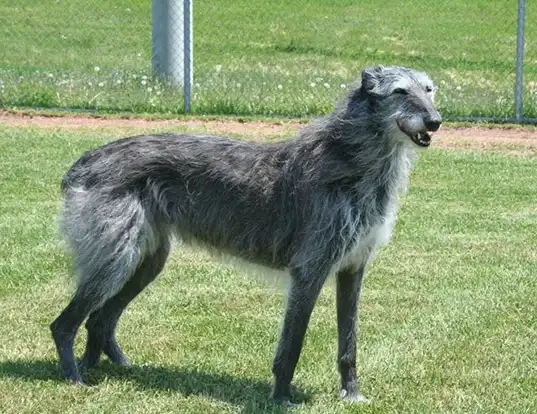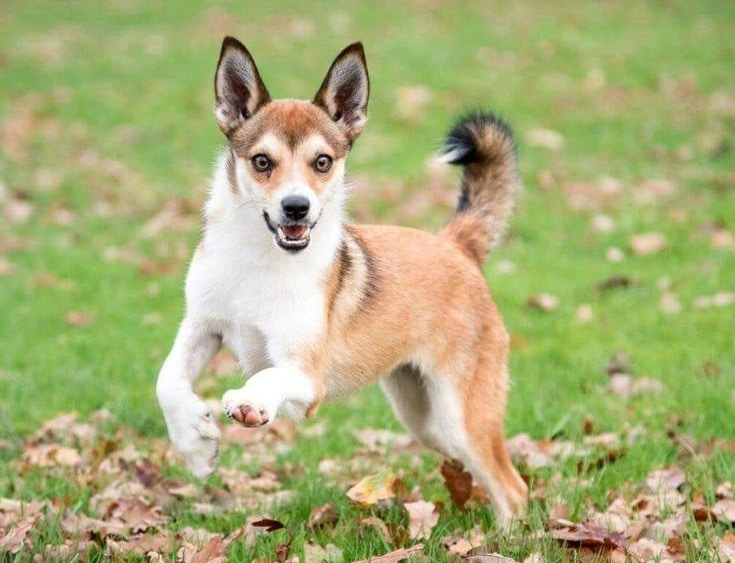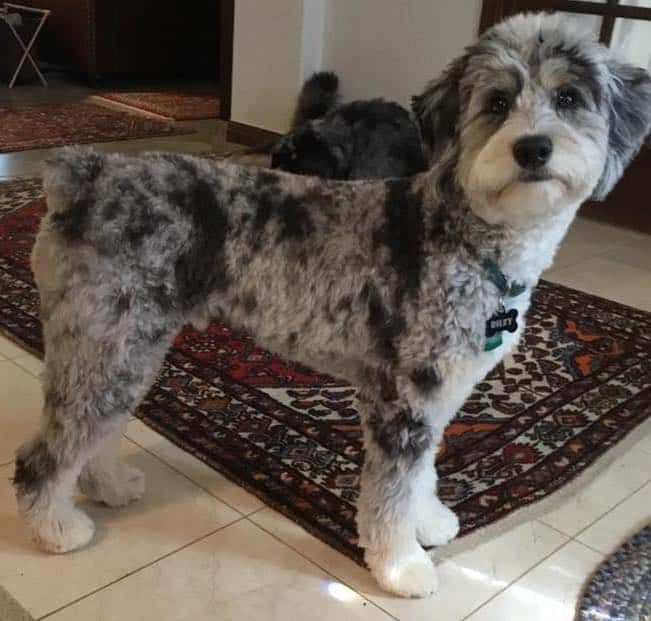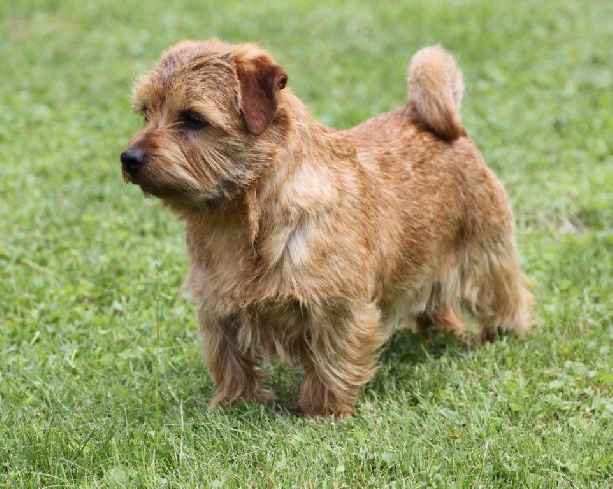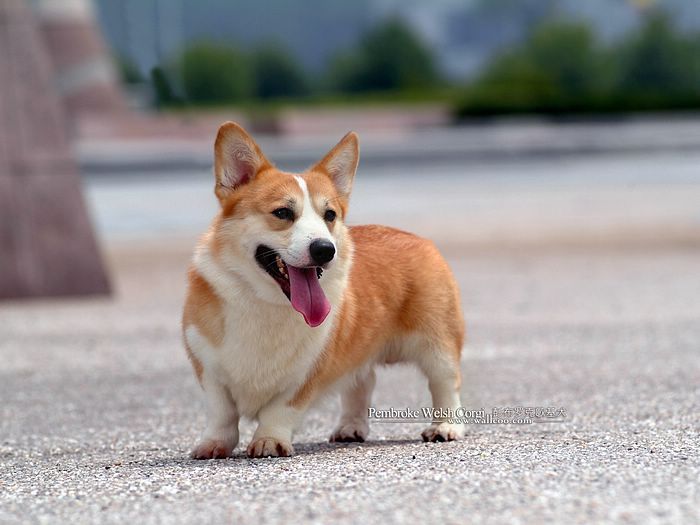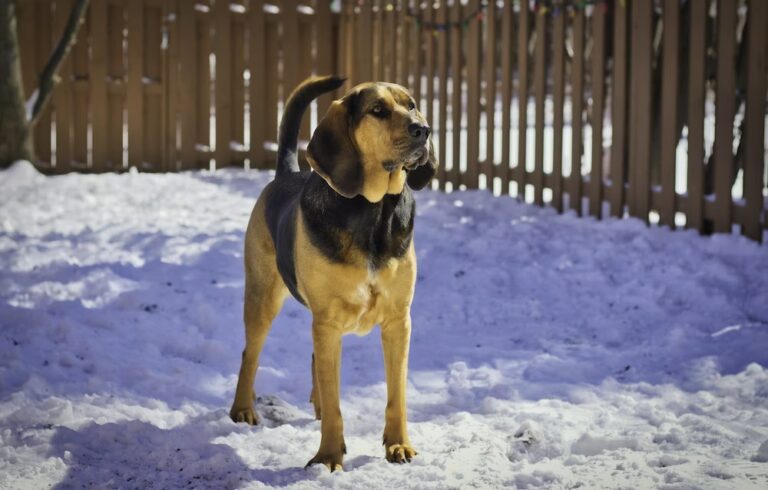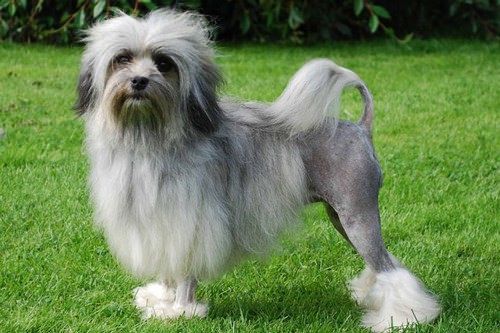Scottish Deerhounds are majestic dogs known for their hunting heritage. With their tall and slender build, these dogs exude elegance and grace. Originating from Scotland, they were once used by Scottish nobility for hunting deer, hence their name. Scottish Deerhounds are gentle and affectionate, making them excellent family pets. In this article, we will explore the fascinating history, unique characteristics, and care requirements of Scottish Deerhounds, providing a comprehensive guide for those interested in these magnificent dogs.
History of Scottish Deerhounds
Scottish Deerhounds have a rich and fascinating history that dates back centuries. As one of the oldest breeds of dogs in Scotland, they have played an integral role in the country’s hunting traditions and have been revered for their majestic stature and impressive hunting skills.
Origins of Scottish Deerhounds
The origins of Scottish Deerhounds can be traced back to the ancient Celtic warriors and nobility. It is believed that these magnificent dogs were brought to Scotland by the Gaels, who valued their hunting abilities and considered them as prized possessions.
The ancestors of Scottish Deerhounds are thought to be the coursing hounds of the Middle Ages, which were used for hunting deer, boars, and other large game. Over time, these hounds were selectively bred to enhance their hunting skills and adapt to the harsh Scottish terrain.
Role of Scottish Deerhounds in Hunting
Scottish Deerhounds were primarily used for hunting large game, particularly the mighty red deer. With their incredible speed, agility, and endurance, they were well-suited for chasing down and bringing down these magnificent creatures.
Their hunting technique involved a combination of stealth, speed, and strength. Scottish Deerhounds would silently stalk their prey, using their keen sense of sight and smell to track them. Once within striking distance, they would unleash their incredible speed, often reaching up to 30 miles per hour, to chase down the deer and bring it to the ground.
These dogs were highly valued by Scottish nobility, who considered hunting with Scottish Deerhounds as a symbol of status and prestige. Their impressive hunting prowess made them indispensable companions for the aristocracy during hunting expeditions.
Decline and Revival of the Breed
Unfortunately, the popularity of Scottish Deerhounds as hunting dogs declined over the years, particularly during the industrial revolution. The changing landscape and the decline of traditional hunting practices led to a decrease in the demand for these majestic dogs.
By the late 19th century, the breed was on the brink of extinction. However, thanks to the efforts of dedicated breed enthusiasts, the Scottish Deerhound breed was revived. Breeders worked tirelessly to preserve the breed’s characteristics and revive their hunting instincts.
Today, Scottish Deerhounds are cherished as both hunting companions and beloved family pets. While their hunting skills may not be as crucial in modern times, their majestic appearance, gentle temperament, and loyalty continue to captivate dog lovers worldwide.
The history of Scottish Deerhounds is a testament to their incredible hunting heritage. From their ancient origins to their role in Scottish nobility’s hunting traditions, these majestic dogs have left an indelible mark on the canine world. Despite facing a decline in popularity, the breed’s revival has ensured their continued existence, allowing us to appreciate their beauty and grace in both hunting and domestic settings.
Physical Characteristics of Scottish Deerhounds
Size and Appearance
Scottish Deerhounds are known for their impressive size and graceful appearance. They are one of the tallest dog breeds, with males standing at least 30 inches at the shoulder and females slightly smaller. Despite their height, they have a lean and athletic build, allowing them to move swiftly and gracefully. Their long legs and deep chest contribute to their agility, making them well-suited for their hunting heritage.
Coat and Color
The Scottish Deerhound’s coat is another distinctive feature that adds to their majestic appearance. They have a shaggy and wiry outer coat that provides protection in various weather conditions. This coarse coat helps them withstand harsh terrains and keeps them warm during colder climates. Underneath the outer coat lies a softer and denser undercoat, providing additional insulation.
As for their color, Scottish Deerhounds come in a variety of shades. The most common colors are brindle, gray, and gray-blue. Some may also have black markings on their ears and muzzle, adding to their unique and striking appearance.
Distinctive Features
Scottish Deerhounds possess several distinctive features that set them apart from other breeds. One of their most notable features is their elongated head, which is long and narrow, tapering to a point. This gives them a regal and noble expression. They have a strong jaw with a scissor bite, ideal for gripping and holding down prey.
Their eyes are dark and kind, reflecting their gentle and affectionate nature. They have a keen and alert gaze, which is a testament to their hunting instincts. The ears of Scottish Deerhounds are set high on the head and fold back, adding to their elegant and dignified appearance.
In conclusion, the physical characteristics of Scottish Deerhounds truly make them majestic dogs. Their impressive size, shaggy coat, and distinctive features contribute to their noble and graceful appearance. Whether they are standing tall, running with agility, or showcasing their unique coat colors, Scottish Deerhounds are truly a sight to behold.
Temperament and Personality
Gentle and Dignified Nature
Scottish Deerhounds are known for their gentle and dignified nature. They possess a calm and composed demeanor, which makes them an excellent choice for families with children or seniors. These majestic dogs are incredibly patient and tolerant, making them great companions for households with other pets as well.
Interaction with Other Pets
Scottish Deerhounds generally get along well with other pets, including cats and smaller dogs. While their hunting heritage may make them initially curious about smaller animals, they have a gentle and non-aggressive approach. Proper socialization from an early age is essential to ensure harmonious interactions with other pets.
Exercise and Training Needs
Despite their large size, Scottish Deerhounds have moderate exercise needs. Regular daily exercise such as long walks or a spacious, securely fenced yard to roam around is sufficient to keep them content. They are not hyperactive dogs and are generally happy to lounge around indoors with their family members.
When it comes to training, Scottish Deerhounds are intelligent and eager to please. However, they can also be independent and may exhibit a stubborn streak at times. Positive reinforcement techniques, such as rewards and praise, work best when training these majestic dogs. Consistency and patience are key to successfully train a Scottish Deerhound.
Caring for Scottish Deerhounds
Nutritional Requirements
Proper nutrition is essential for maintaining the health and well-being of Scottish Deerhounds. These majestic dogs have unique dietary needs that should be met to ensure they thrive. Here are some important considerations when it comes to their nutritional requirements:
- High-Quality Dog Food: Scottish Deerhounds should be fed a high-quality dog food that is specifically formulated for large breeds. Look for brands that use real meat as the primary ingredient and avoid those that contain fillers or artificial additives.
- Protein and Fat: These dogs require a diet that is rich in protein and moderate in fat. Protein helps in muscle development and repair, while fat provides them with the necessary energy. Opt for dog foods that contain around 25-30% protein and 12-15% fat.
- Joint Health: Scottish Deerhounds are prone to joint issues, so it’s important to support their joint health through their diet. Look for dog foods that include ingredients like glucosamine and chondroitin, which can help maintain healthy joints and prevent or manage conditions like arthritis.
- Feeding Schedule: Establish a regular feeding schedule for your Scottish Deerhound to maintain a healthy weight and prevent overeating. Divide their daily food intake into two or three meals, rather than leaving food out all day.
Grooming and Maintenance
Scottish Deerhounds have a beautiful, flowing coat that requires regular grooming to keep it looking its best. Here are some essential tips for grooming and maintaining their coat:
- Brushing: Brush your Scottish Deerhound’s coat at least once a week to remove loose hair and prevent matting. Use a slicker brush or a comb with wide teeth to gently work through their long, thick fur. Pay special attention to areas prone to tangles, such as behind the ears and under the belly.
- Bathing: Scottish Deerhounds should be bathed when necessary, typically every 6-8 weeks or as needed. Use a mild dog shampoo and ensure thorough rinsing to prevent skin irritation. Avoid bathing them too frequently as it can strip their coat of natural oils, leading to dryness.
- Nail Care: Regularly trim your Scottish Deerhound’s nails to keep them at a comfortable length. Long nails can cause discomfort and even lead to joint issues. If you’re unsure about how to trim their nails, consult a professional groomer or veterinarian for guidance.
- Ears and Teeth: Check their ears regularly for signs of infection or excessive wax buildup. Clean them gently with a veterinarian-approved ear cleaner if necessary. Additionally, maintain good dental hygiene by brushing their teeth regularly with a dog-friendly toothpaste and providing dental chews or toys to help prevent tartar buildup.
Health Concerns
While Scottish Deerhounds are generally a healthy breed, they are still prone to certain health concerns that owners should be aware of. Regular veterinary check-ups and preventive care are crucial to ensure their well-being. Here are some common health concerns associated with Scottish Deerhounds:
- Bloat: Scottish Deerhounds, like many deep-chested breeds, are susceptible to a condition called gastric dilatation-volvulus (GDV) or bloat. This is a potentially life-threatening condition that requires immediate veterinary attention. To help prevent bloat, feed your dog smaller meals throughout the day, avoid vigorous exercise right after meals, and use elevated food and water bowls.
- Heart Disease: Scottish Deerhounds may be prone to certain heart conditions, such as dilated cardiomyopathy (DCM). Regular heart screenings and monitoring are important for early detection and management of any cardiac issues. Consult with your veterinarian for guidance on screening tests and potential preventive measures.
- Bone and Joint Issues: Due to their large size, Scottish Deerhounds are at risk for developing orthopedic issues like hip dysplasia and osteoarthritis. Maintaining a healthy weight, providing regular exercise, and feeding a balanced diet can help minimize the risk of these conditions. Regular veterinary check-ups and X-rays can help identify and manage any potential issues early on.
By understanding and addressing the specific nutritional requirements, grooming needs, and potential health concerns of Scottish Deerhounds, you can provide them with the care they need to lead happy and healthy lives.
Scottish Deerhounds are truly majestic dogs with a rich hunting heritage. Their elegant appearance and regal demeanor make them stand out among other breeds. Despite their hunting background, they are gentle and affectionate companions, making them suitable for families and individuals alike. Whether it is their impressive stature, their loyalty, or their ability to adapt to various environments, Scottish Deerhounds have proven time and again why they are considered one of the most remarkable dog breeds. So, if you are looking for a majestic and loyal companion with a fascinating history, the Scottish Deerhound should be at the top of your list.

